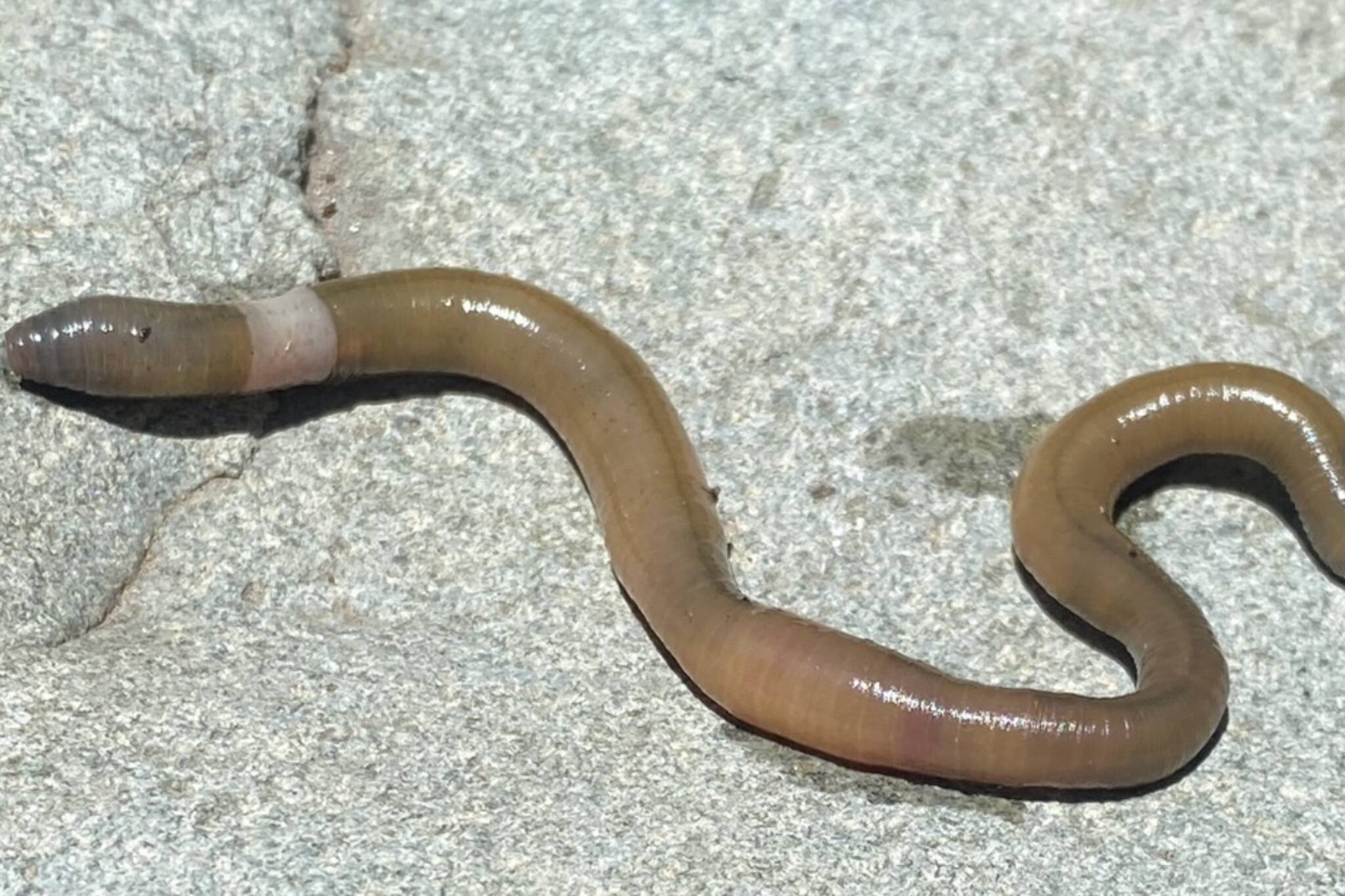
'Thrashing' jumping worms are invading Toronto and you should kill them if spotted
While earthworms are generally beneficial for ecosystem functioning and agriculture, a particularly troublesome and invasive type of worm is responsible for the exact opposite, and experts recommend killing the creepy crawlers on sight.
Jumping worms are a species of pheretimoid earthworms belonging to several genera, including Amynthas that are native to East-Central Asia.
The worms were introduced to North America in the late 1800s, and have slowly increased their presence in cities like Toronto over the past few years, thanks to their ability to outcompete other earthworms and asexual reproduction.
The problematic worms are voracious eaters, meaning they quickly consume the top layer of organic material and make it difficult for native plant species to remain rooted. They can also negatively impact other organisms in the ecosystem such as birds, millipedes, and salamanders.
As their name suggested, jumping worms thrash wildly back and forth when disturbed in a motion reminiscent of a snake, and can even break off tail segments to escape.
The smooth, glossy, and rubbery worms are typically grey or brown in colour and reach a length of 10-13 centimetres in adulthood. Jumping worms can be distinguished from other invasive earthworms by their clitellum, a collar-like band around their bodies that are cloudy white to grey in colour.
Humans have a lot to do with the pesky worms invading new environments, as they are typically spread through transportation of cargo or goods, movement of potting soil or plants, use as fishing bait, or outdoor recreation.
Young jumping worms usually hatch from their cocoons between April and May, although it's difficult to identify these cocoons in the soil as they resemble tiny mustard seeds.
Between May and August, young worms feed and grow to their adult size, with the time between hatching and reproductive maturity being only 60 days. Throughout August and September, mature worms then reproduce and deposit their eggs in the soil.
According to the Invasive Species Centre, all jumping worms should be humanely killed before being properly disposed of. The most appropriate way to do so is by euthanizing jumping worms using isopropyl alcohol, which will kill them in seconds.
Another popular method is to seal the worms in a clear plastic bag and leave them in direct sunlight. You can also report sightings of the worms on iNaturalist, which helps local scientists and professionals keep track of the city's biodiversity.
There are also several ways to ensure that the presence of the species doesn't get out of hand. Aside from reporting, make sure not to buy or use jumping worms for bait, compost, or gardening, and properly check new soil, compost, mulch, and plants for any signs of the creepy jumpers.
iNaturalist
Latest Videos
Latest Videos
Join the conversation Load comments







